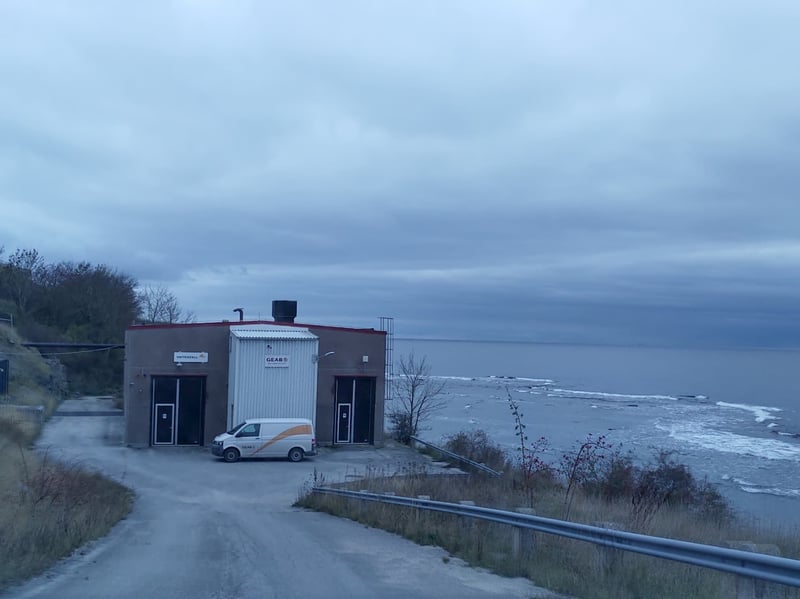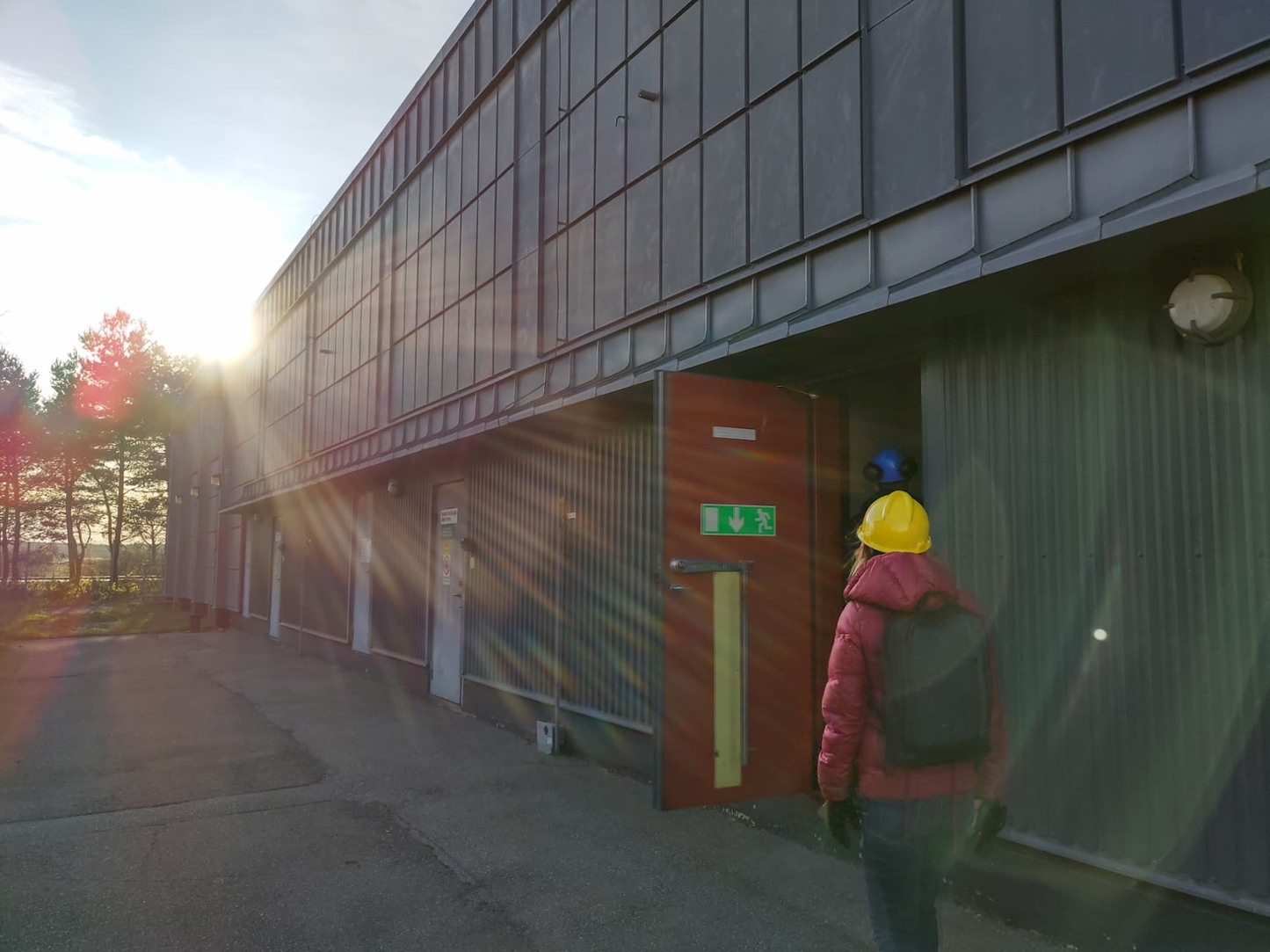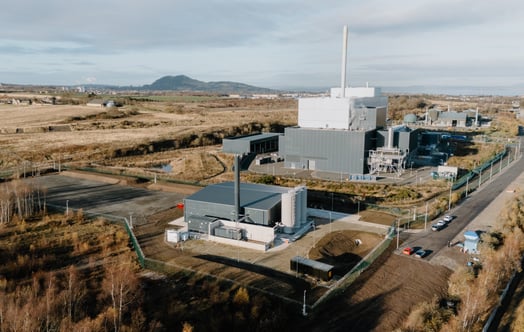Just how realistic is Vattenfall’s vision of becoming 'fossil free within a generation'? Lina Drozd reflects on the realistic possibilities of a carbon neutral future.
Uppsala
My first stop was in Uppsala, a city that aims to be carbon neutral by 2030, 20 years ahead of the London goal. Uppsala Municipality and Vattenfall have long been partners, and have worked together in building a district heating network which covers 95% of residents. There, we met Andreas who showed us around the heat pump facility that extracts energy from the treated wastewater of the sewage plant nearby. On our tour, Andreas, pointed out various pieces of technology that interlink together to extract the maximum amount of heat. At university I have used large machinery in laboratories, but never at this scale have I seen so much different equipment operating in tune.
What I found inspiring is that the facility has been operating since 1981, utilising waste heat for nearly four decades – a great example of the projects Vattenfall work on to serve beyond generations.
Gotland
My next stop was to Gotland, a popular summer island where you’ll find shores full of water-sport fans during the summer, but which was tranquil during our visit in November. We visited the main energy control room for the island in Visby. An interesting contrast to see the latest software managing energy flow in a former Viking town which is now protected by UNESCO. We then went down to the shore where the heat pump stands in peace with the waves. The seawater flows though the facility and heat is extracted.
It seemed so obvious that you would make use of the sea, a massive natural battery, to extract heat, yet slightly counterintuitive as it is cold water. Even at 7 ⁰C a heat pump with one unit of electrical energy can extract three units of heat energy, and return water back to the sea at 2 ⁰C. That heat is used to preheat the return temperature from the network from 40 to 80 ⁰C.
Despite the concrete floor and steel pipes, it seemed so natural that this system is part of a larger cycle working in harmony with the ocean. We joined our Gotland colleagues for a traditional Swedish lunch before returning by boat to the mainland.

Photo credit: Selene Molina Blanco
My time in Sweden left me feeling hopeful. The facilities I saw have been using heat that is locally available to them for generations. Over time, the controls have become smarter and the motors bigger - but at the source, it is part of something far more basic that takes our surroundings and integrates systems in line with the natural cycle.
Written by
Lina Drozd, Industrial Placement Student, University of Bristol




